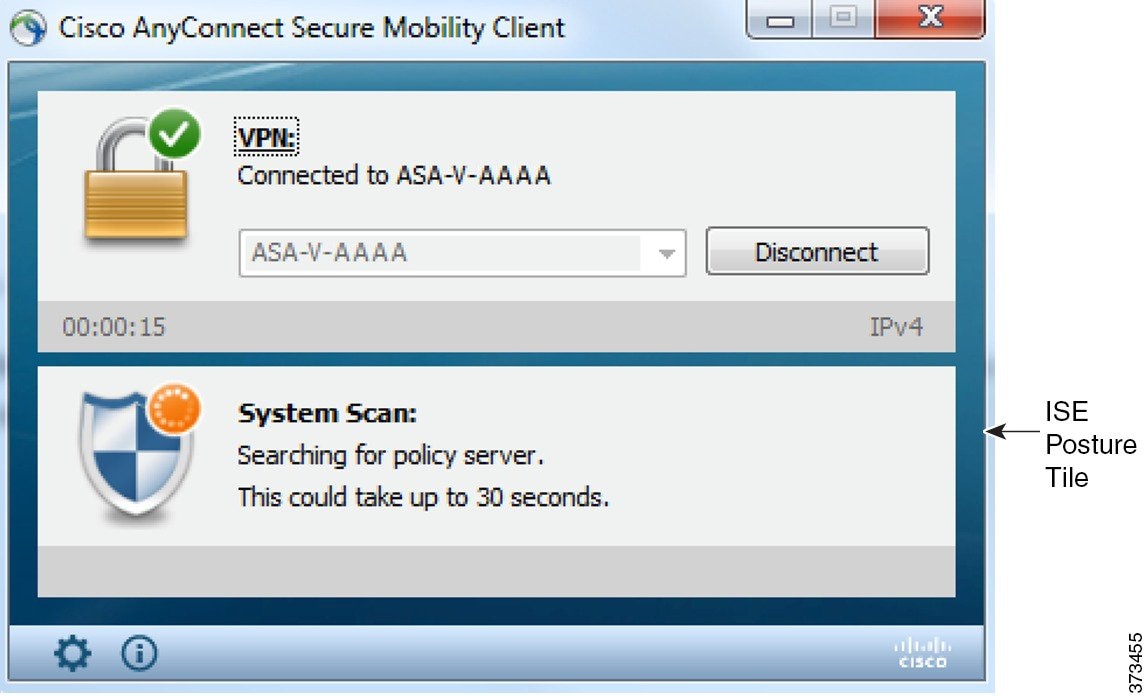

$vpncliAbsolutePath = ‘C:\Program Files (x86)\Cisco\Cisco An圜onnect Secure Mobility Client\vpncli.exe’ #Please check if file exists on following paths #This script is tested with “Cisco An圜onnect Secure Mobility Client version 0″ It seemed a little buggy on the old 7.x versions. And thanks to the forums here, and it’s users, for the base code that I modified to work with my environment. Now with their password is expired, you reset it, or create with the change password option in AD it will ask them when they connect to change their password and then update AD.- Edit -I almost forgot, be sure you run the lates 8.0 or better yet the latest 8.2 IOS on your ASA. I just dropped this script into C:\powershell\vpn.ps1, and then created a shortcut in the user account start menu, startup, and had the path be: “%windir%\system32\windowspowershell\v1.0\powershell.exe C:\powershell\vpn.ps1” 2. So we provide a Terminal Services/RDC Server that Mac users connect to, VPN fires up, and they’re able to connect to this package 1. The reason for automating it is because we’re an almost 100% Mac shop, and there is a piece of “Banner” that is PC only. The script below (the fold) does this, and seems to work quite well.
#Cisco anyconnect mobility client change wifi password how to#
That doesn’t seem to be the case with the An圜onnect client, so I had to figure out how to do this in powershell. From the ' Group ' drop down menu select. The client will ask for your JYU username and password. Type ' ' as the address and click ' Connect '. Problem is, the IPSec client was REALLY easy to put the username and password in the launch shortcut (just switches), and it’d connect. Start the VPN client (Cisco An圜onnect Secure Mobility Client). Anyway, Campus recently mandated that we get away from the Cisco IPSec client, and move to the An圜onnect client.


 0 kommentar(er)
0 kommentar(er)
